When it comes to macro photography, knowing how to properly focus stack your images can make a massive difference. To that end, the walkthrough above and Photoshop tutorial below offer a fantastic explanation of what focus stacking is.
Research and publish the best content.
Get Started for FREE
Sign up with Facebook Sign up with X
I don't have a Facebook or a X account
Already have an account: Login
News about mobile and digital photography, photo apps, effects, tips and photo galleries
Curated by
Hovhannes
 Your new post is loading... Your new post is loading...
 Your new post is loading... Your new post is loading...
No comment yet.
Sign up to comment
|
|





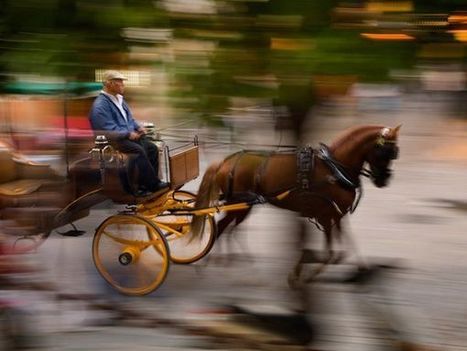

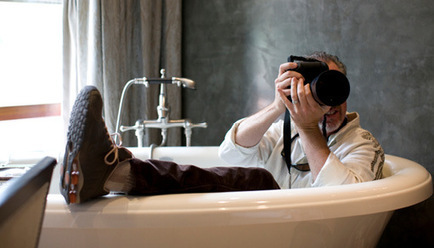

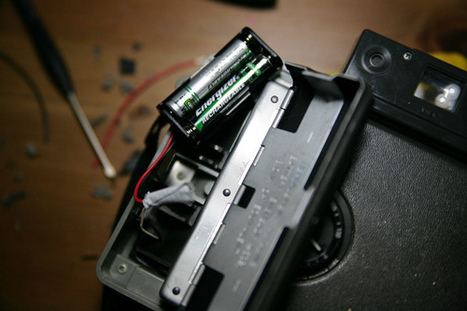
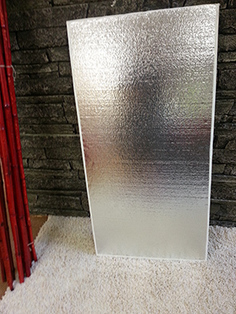
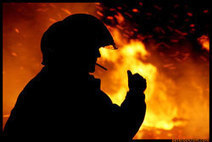





Macro means getting up close and personal. But focus stacking which combines several images, shot at various angles to make sure that the image is in complete focus.